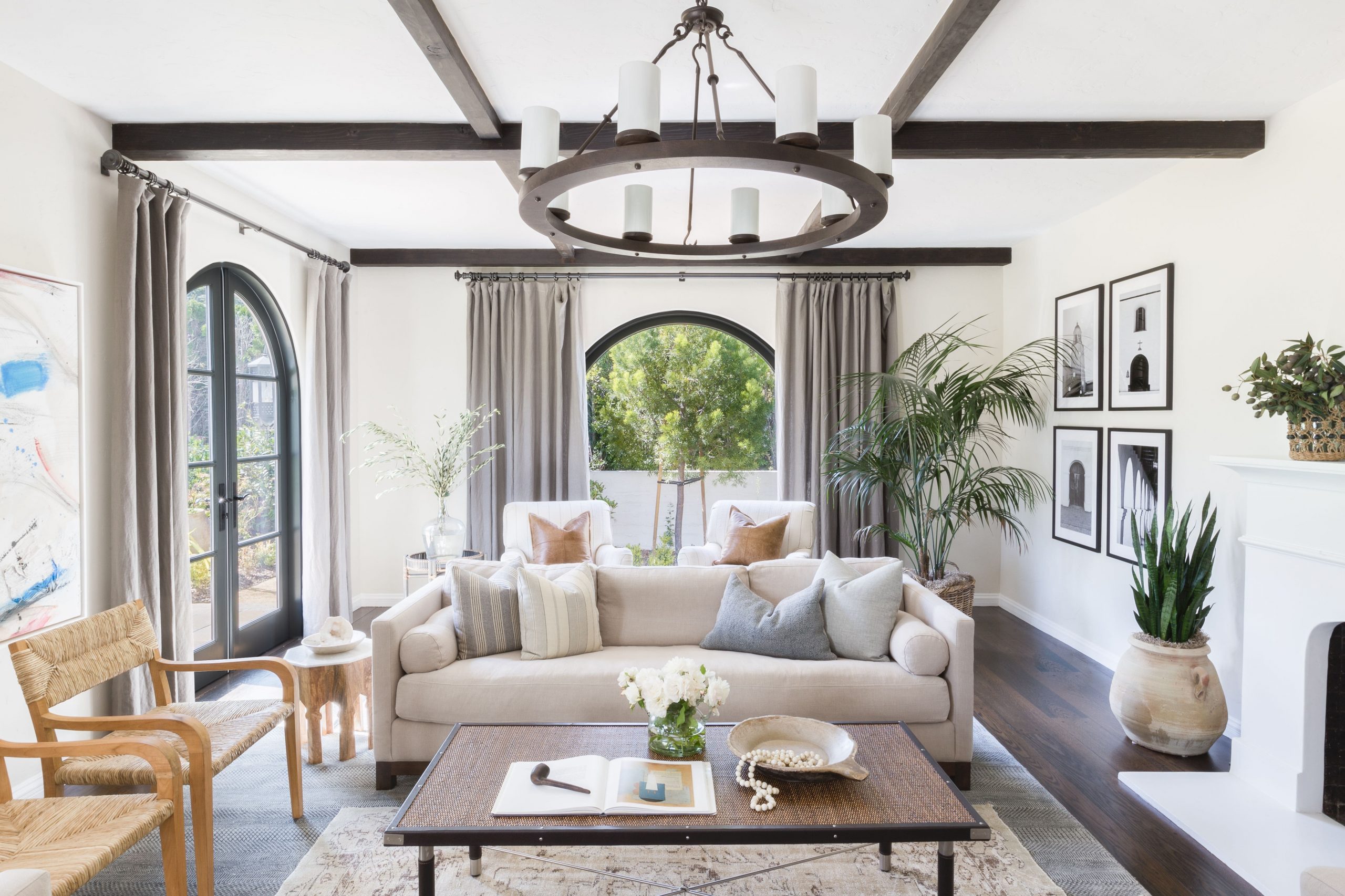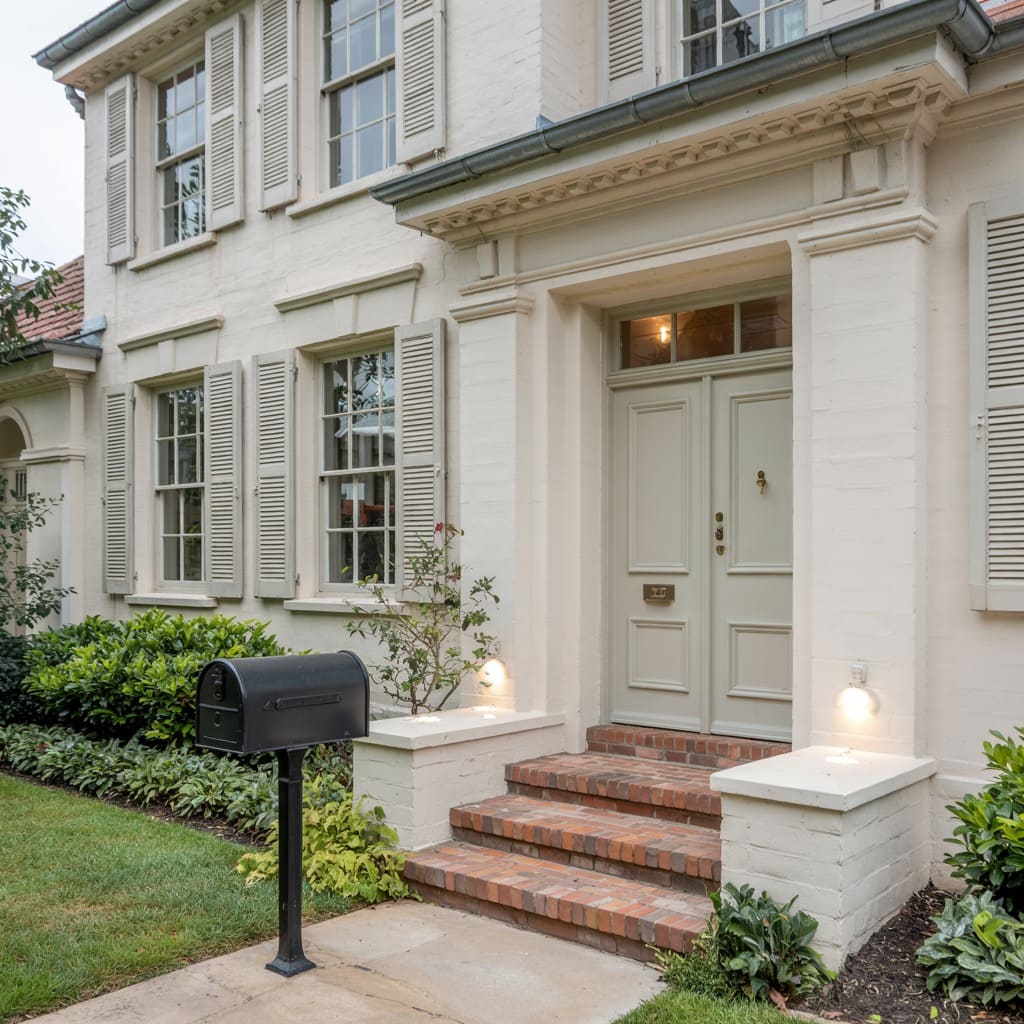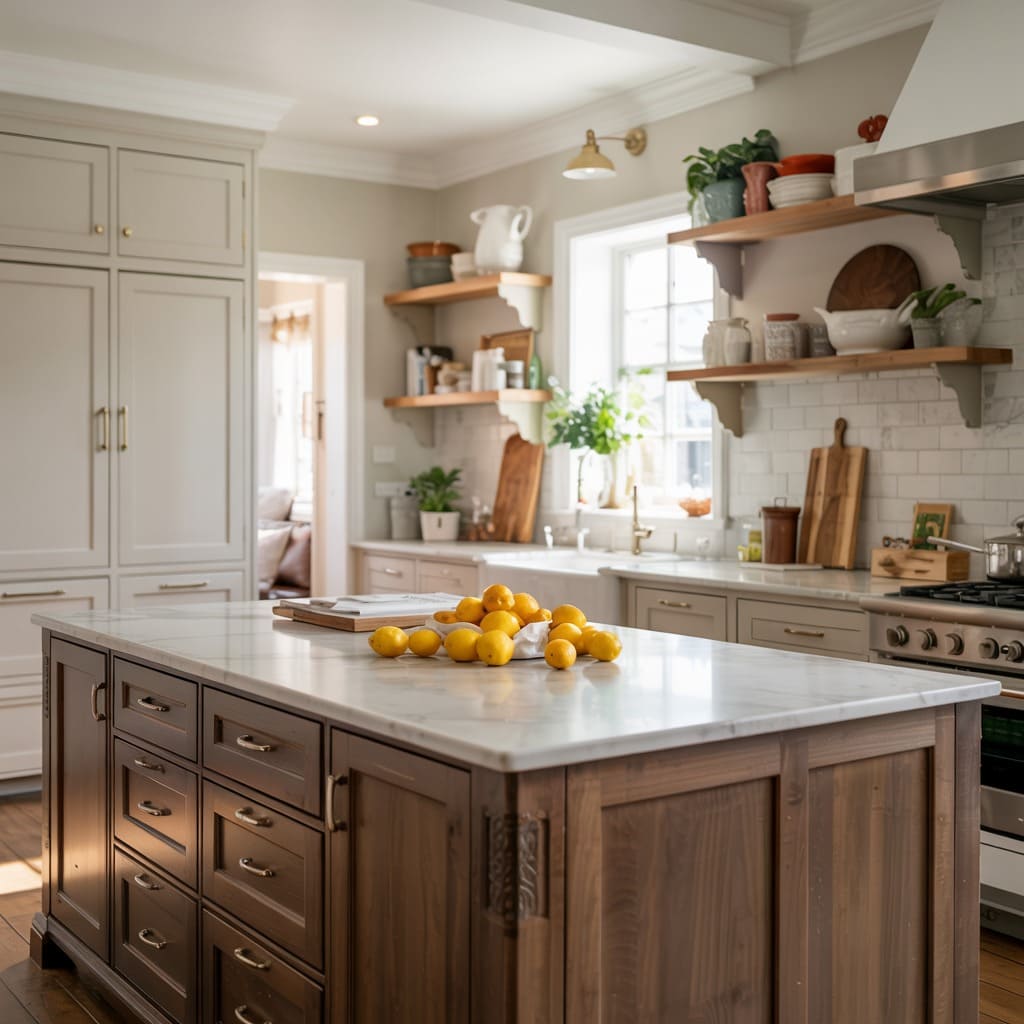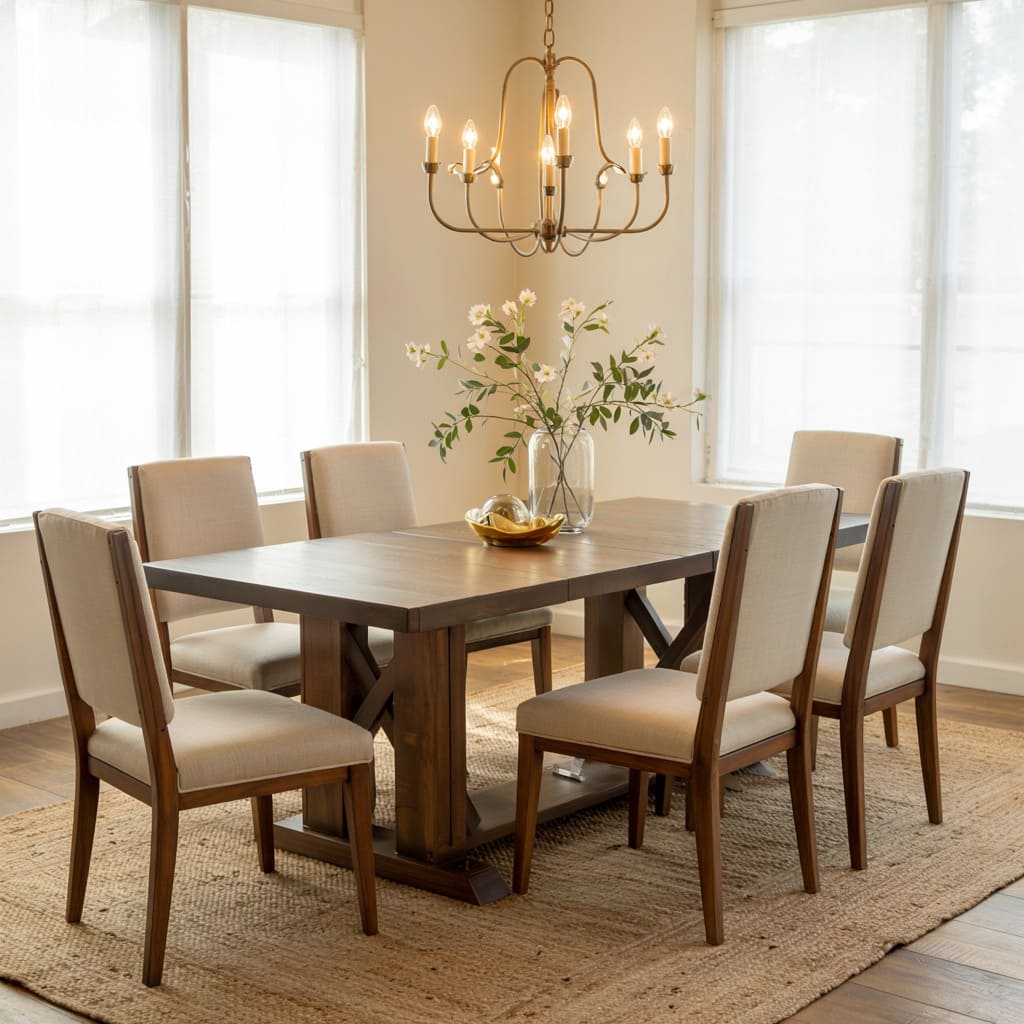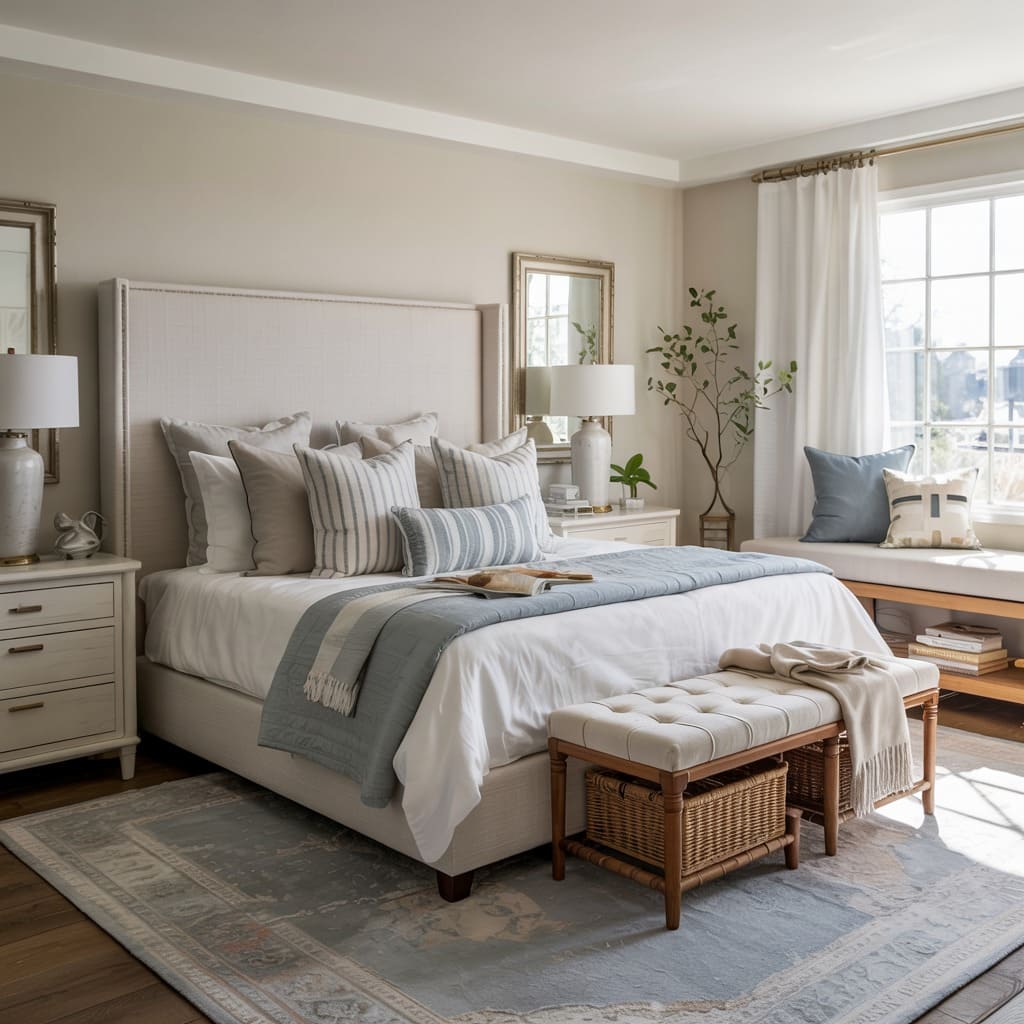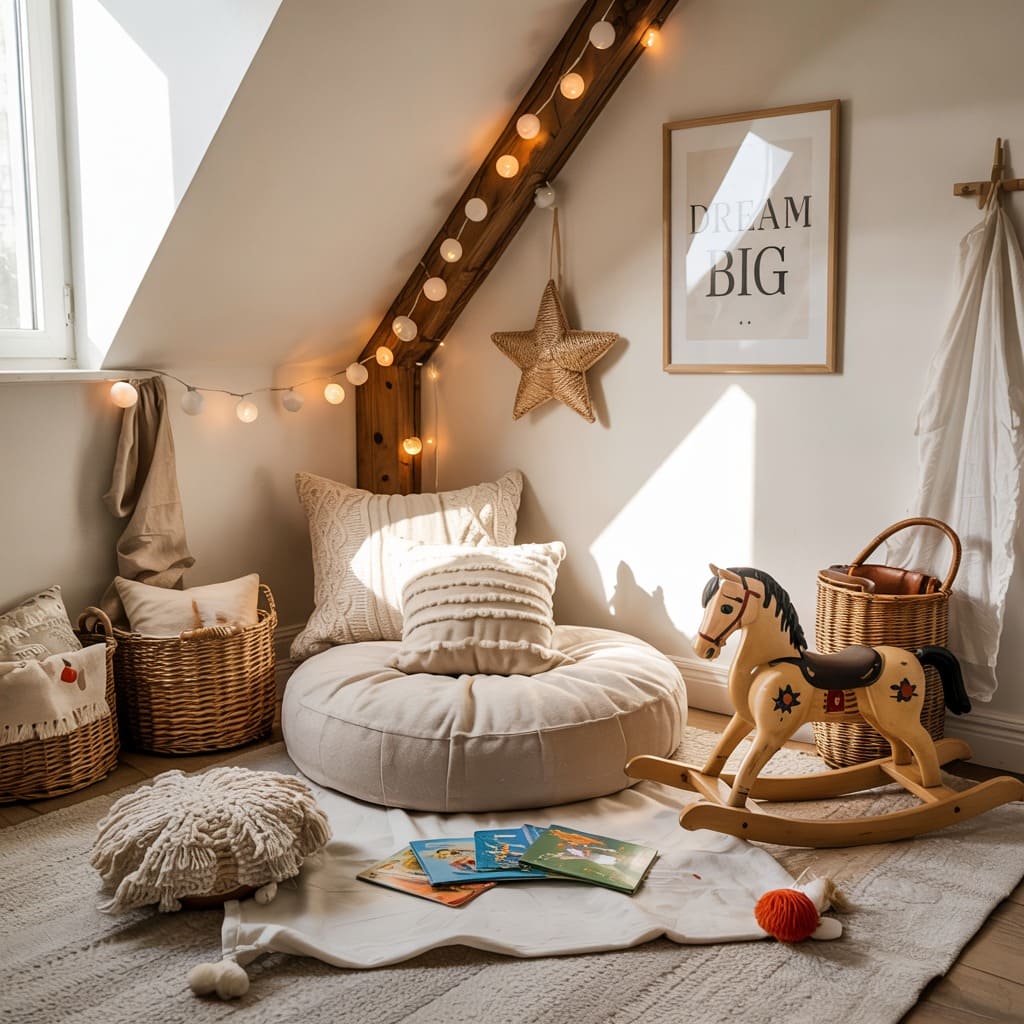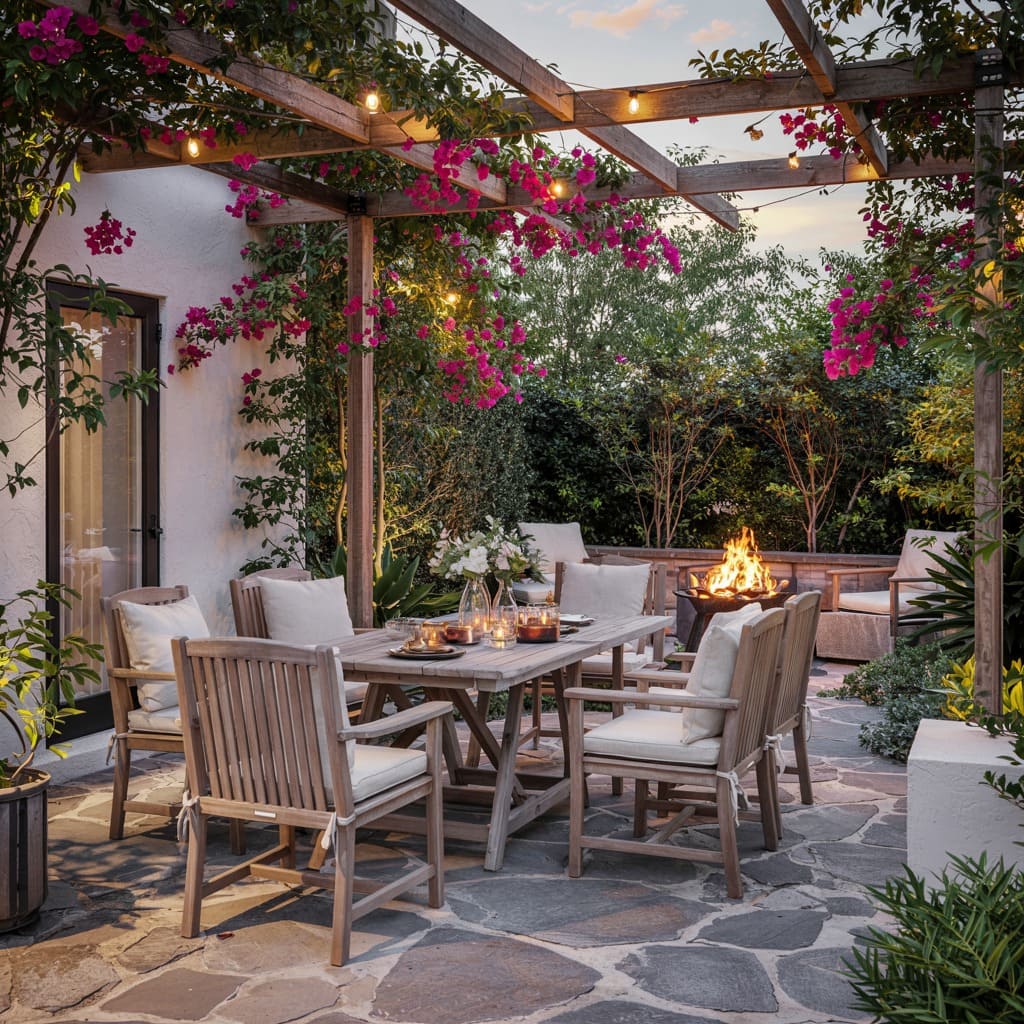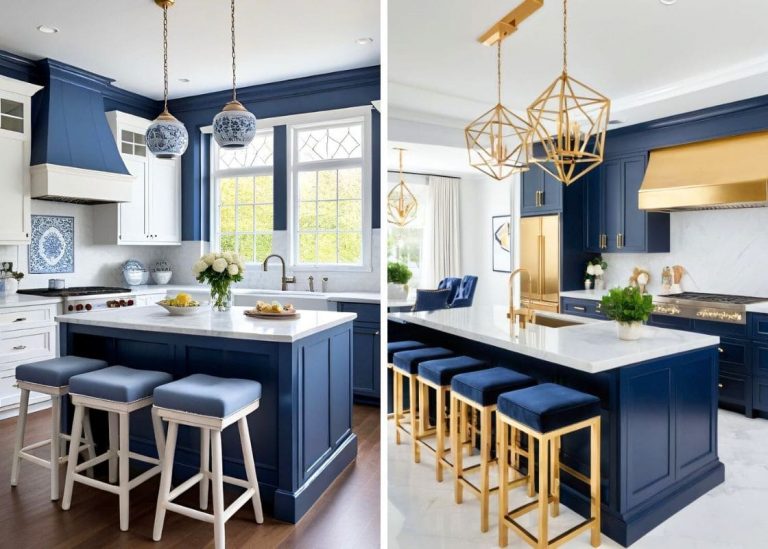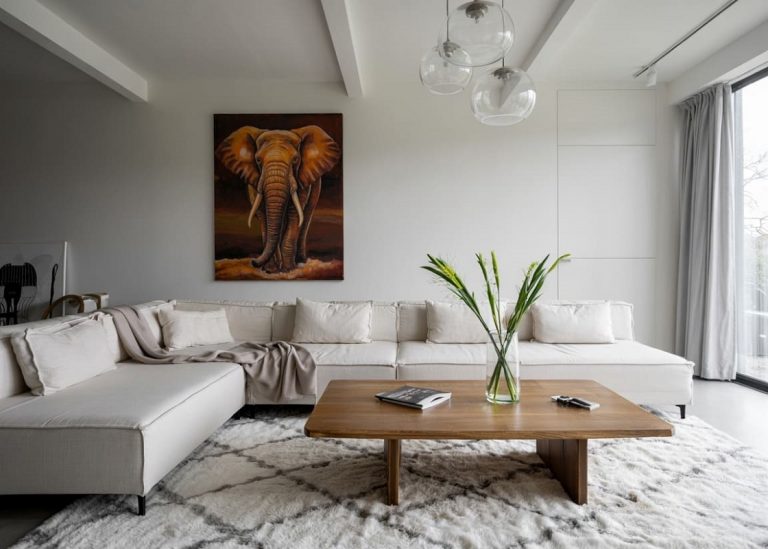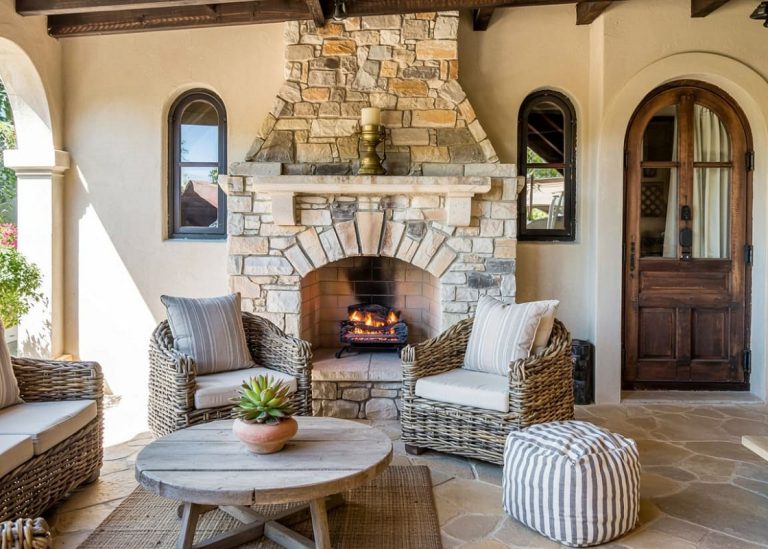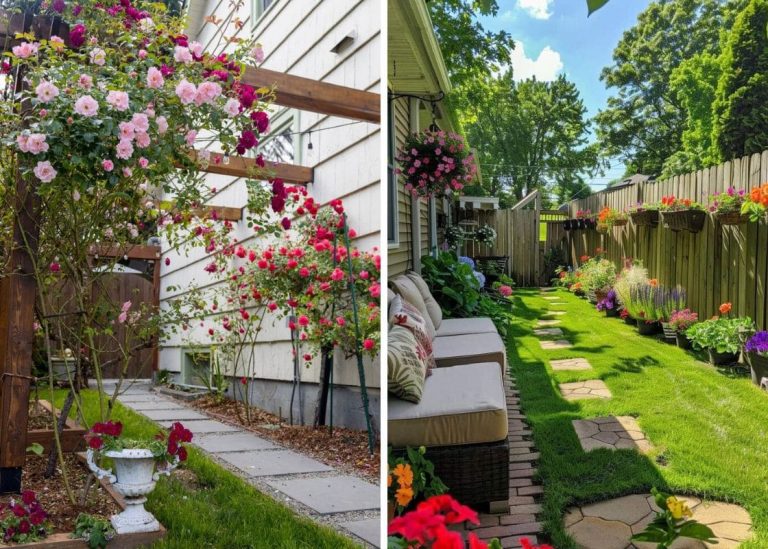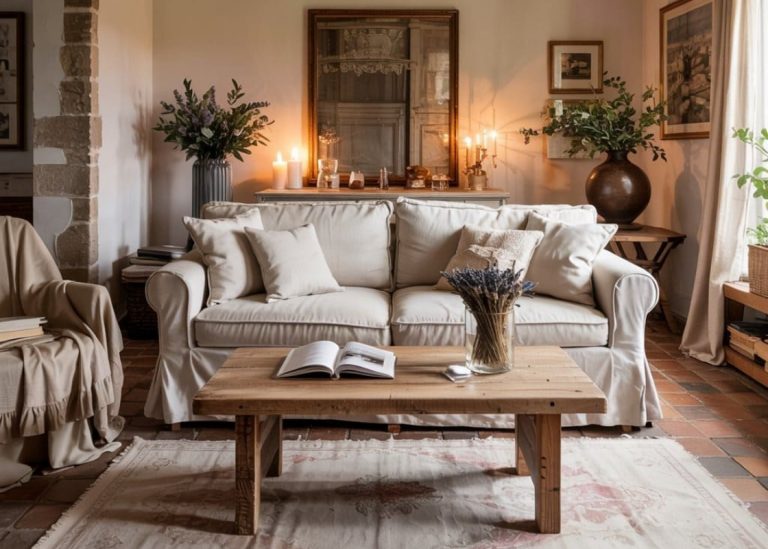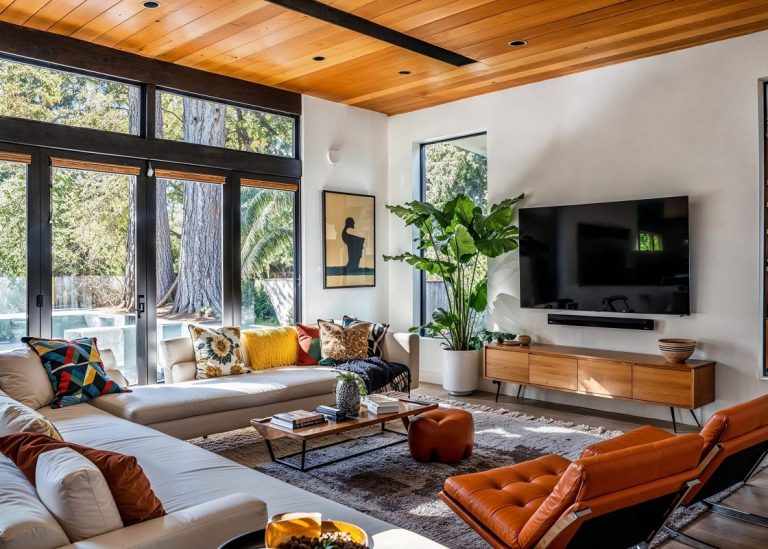Transitional Design – When Traditional Meets Modern, and They Actually Get Along
A Little Twist That Changed How I See Home
I remember it like a snapshot—mid-January, a cloudy Tuesday afternoon. I was visiting my friend Elise, a fellow mom of three and a warm soul with a knack for baking the flakiest apple hand pies you’ve ever tasted. She had just finished renovating her home, and as I stepped through the front door, something shifted in me. It wasn’t flashy or loud. It was quiet, confident, and deeply comforting.
There was a certain softness in her living room, where a pale linen sofa met the sturdy curves of a walnut coffee table. The light filtered in through sheer curtains, playing gently on a neutral palette. It felt current, yet deeply familiar—like I’d been there before, or dreamed it once.
That was the first time I understood what transitional style truly felt like. Since then, I’ve been captivated by this balanced blend of the old and new. And today, I’m taking you inside one of the most beautiful transitional-style homes I’ve come across—a home that whispers elegance while wrapping you in warmth.
What Exactly Is Transitional Design?
Transitional design is the harmony of two worlds—traditional and contemporary. It’s like standing in a space that’s been lovingly passed down through generations but updated with a fresh coat of relevance. It’s graceful but not rigid, timeless but not stuck in time.
-
It often features classic silhouettes paired with clean lines.
-
The palette leans toward neutrals: creamy whites, soft grays, warm taupes.
-
Fabrics tend to be plush and cozy—think velvets, cotton blends, and textured linens.
-
Wood tones mix freely with metals and glass, and patterns are subtle and layered.
It’s not about following trends. It’s about crafting spaces that feel personal, warm, and lived in—where everything has a purpose, and every corner invites you to stay a while.
First Impressions from the Curb: A Calm Welcome
The house I’m taking you through today belongs to a design-loving couple I discovered on social media. They live just outside Charleston, in a quiet neighborhood shaded by mature oaks. The exterior of their home tells you everything you need to know about the style before you even knock.
A crisp white facade meets charcoal shutters and soft beige brick steps. There’s a stately symmetry to the windows, and the door—a gentle sage green—feels like an unexpected smile. A black matte mailbox and soft uplighting tucked under the eaves offer just enough contrast to keep things interesting.
I love how it feels rooted, yet quietly refined. Nothing screams for attention. And somehow, that’s what makes it unforgettable.
Stepping Inside: The Heartbeat of Transitional Comfort
The entryway greets you with wide plank oak floors, a graceful console with aged brass handles, and a simple mirror framed in distressed wood. There’s no clutter, just intention.
Living Room
The living room opens like a breath—airy, calm, but full of texture. A pair of curved armchairs face a plush sectional, all in tones of ivory and stone. The fireplace is dressed in honed marble, its mantel kept bare except for a low ceramic bowl and a sprig of dried eucalyptus. I imagine slow mornings here, coffee in hand, kids building forts under throw blankets.
Kitchen
In the kitchen, transitional design shows up in every thoughtful detail. The cabinets are a muted greige with shaker fronts, and the island—a rich, dark walnut—grounds the space. Countertops in quartz look clean without feeling cold, and brushed nickel hardware catches just enough light to sparkle.
Floating shelves hold white pottery and natural wooden cutting boards—nothing too styled, just lived-in and useful. There’s a soft hum of activity in here, even when it’s empty. This kitchen was made for both Sunday pancakes and quick weeknight pasta.
Dining Area
Right next to the kitchen is a modest dining area. It’s not formal, but it still feels special. A large rectangular table with upholstered chairs in a textured cream surrounds a vintage-style brass chandelier that’s modern in shape, but antique in finish. A jute rug grounds it all with warmth and honesty.
The Restful Retreat: Transitional Bedrooms That Embrace You
The master bedroom is pure serenity. A tall, upholstered headboard stretches behind layers of linen and velvet pillows. The nightstands are clean-lined with just a hint of curve, echoing the design’s love for balance.
The color palette is subdued—warm whites, soft mocha, and just a touch of slate blue in the art above the bed. It’s the kind of space that feels like an exhale. The couple added a window bench with storage below—practical, but it also invites you to sit down with a book and lose track of time.
The kids’ rooms reflect the same aesthetic in a more playful way—woven textures, oversized floor pillows, soft lighting. Nothing flashy, just cozy corners full of charm.
The Back Patio: Understated Beauty for Everyday Living
Out back, a stone patio stretches toward a grassy yard. There’s a pergola covered in flowering vines, and beneath it, a teak dining set with white cushions that have aged beautifully under the sun.
String lights hang overhead like constellations, and a firepit anchors one end of the yard. It’s easy to imagine laughter here—maybe a birthday, maybe just a Tuesday night with marshmallows and music humming from the kitchen window.
It’s not a backyard made for showing off. It’s made for memory-making.
Final Thoughts – Can You Picture Yourself Here?
As I walked back through this home in my mind, I kept thinking how it felt like a deep breath. A place where past and present hold hands. Where nothing tries too hard, but everything fits. It made me want to soften my own space, pare back the loud and the flashy, and make more room for the quiet beauty that lives in the in-between.
Transitional style isn’t about compromise—it’s about connection. Between eras, materials, ideas. It honors tradition while inviting evolution. And to me, that feels like home.
What about you? Have you ever been in a space that felt like it remembered your name, even though you’d never been there before? If you could blend two styles to create your perfect sanctuary, which would they be? Come sit with me in the comments—I’d love to hear your story.

